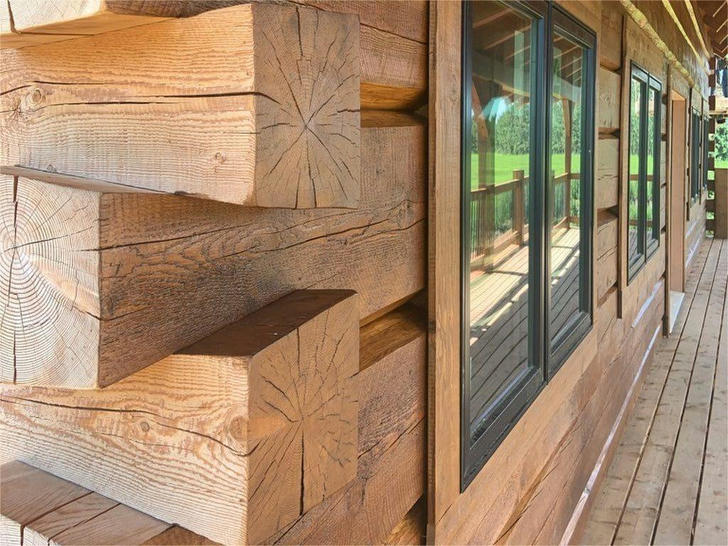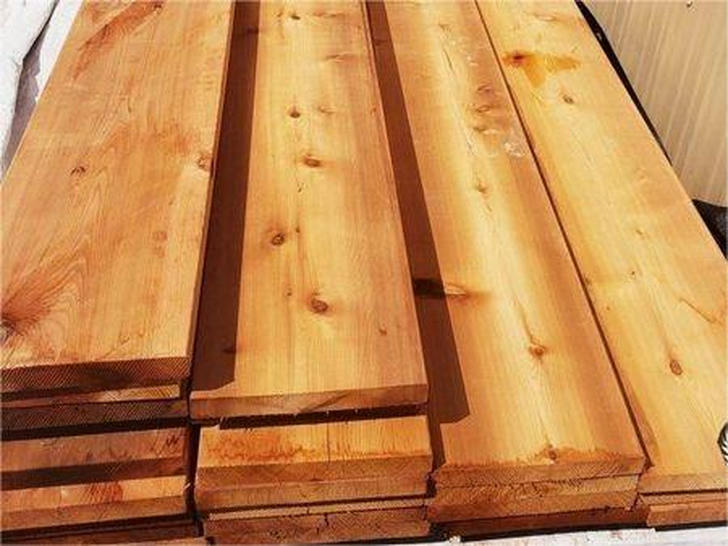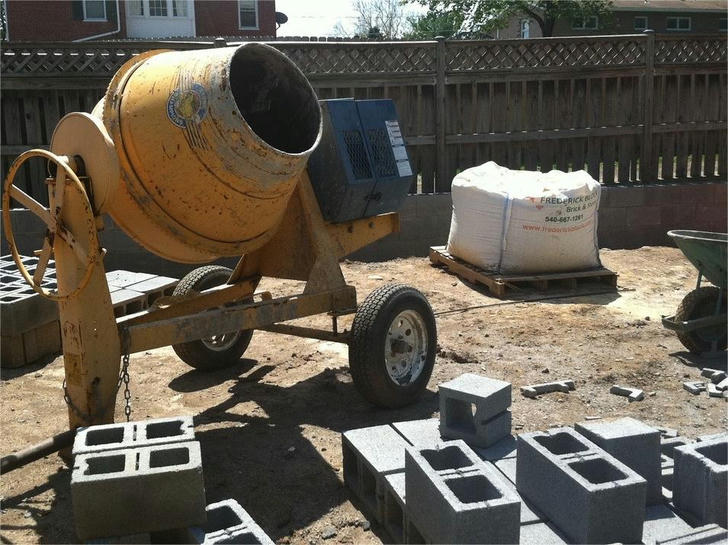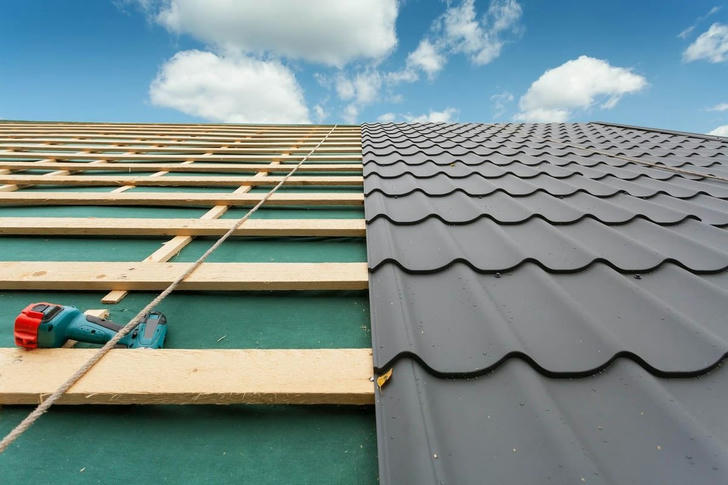The Ultimate Guide to Choosing Building Materials for Your Log Cabin
Building a log cabin is a dream project for many, whether it's for a vacation retreat or a long-term residence. In this process, choosing the right building materials is crucial, as it not only affects the cabin's aesthetics and durability but also directly impacts comfort and energy efficiency. In various regions, there is a wide range of materials to choose from when constructing a log cabin, each with its own set of pros and cons. This article will explore various aspects to consider when selecting materials for a log cabin, including wood selection, foundation materials, roofing, insulation, and other building materials, as well as practical examples to help you make the best decision.

Wood Selection: The Core of Your Log Cabin Structure
Wood is the primary building material for log cabins, and selecting the right wood can enhance both the cabin's appearance and its longevity. Depending on climate conditions, budget, and aesthetic preferences, different types of wood can be chosen.

Cedar Cedar is a widely used wood for log cabins, particularly in outdoor environments. It has natural resistance to decay and insects, making it ideal for exterior walls, roofs, and wooden fences. Cedar's natural fragrance also helps to repel insects, creating a fresh, natural atmosphere in the cabin.
Example: A log cabin project used cedar for both the exterior walls and the roof. Given the humid climate, cedar’s resistance to moisture and decay ensures the cabin’s long-lasting durability. Moreover, the unique texture and tone of cedar give the cabin a warm and inviting look.
Pine Pine is an economical and practical wood widely used in the structural parts of log cabins. It is easy to process and relatively affordable, making it a suitable option for those with a limited budget who still want a sturdy structure. The only downside is that pine is relatively soft and can be susceptible to moisture and insects, so regular protective treatments are necessary.
Example: A vacation log cabin used pine as the main structural material, including beams, wall frames, and flooring. Although pine is prone to environmental damage, regular maintenance and the use of preservatives have kept the cabin in good condition.
Redwood Redwood is beloved for its beautiful red grain and excellent decay resistance. Due to its higher cost, redwood is typically used in high-end designs and projects that prioritize long-term durability. It is particularly well-suited for harsh climates, especially in moist seaside or mountain environments.
Example: A log cabin project opted for redwood for the exterior walls. Located in a humid environment, redwood’s moisture- and decay-resistant qualities were perfect for the area. The cabin’s elegant, natural appearance resists the effects of harsh weather, extending the building's lifespan.
Oak Oak is a strong, durable hardwood often used for interior finishes in log cabins. Known for its hardness and natural beauty, oak is frequently used for furniture and flooring. Its distinct grain and rich texture add a refined elegance to interior decor.
Example: A log cabin project used oak flooring and furniture. The oak flooring is not only durable but maintains its beauty over time. To blend harmoniously with the natural surroundings, the project team also selected oak furniture, creating a warm and natural interior atmosphere.
Other Building Materials: Ensuring Structural Stability
In addition to wood, it's important to consider the selection of foundation and roofing materials. The right foundation and roof materials ensure the stability and longevity of the log cabin.

Concrete and Mortar Concrete is typically used for the foundation, especially in areas with uneven terrain or loose soil. A concrete foundation effectively prevents moisture from entering the cabin and provides solid support. For the cabin’s frame, reinforced concrete can be used to strengthen the structure’s overall stability.
Example: A log cabin used a concrete foundation. The unique geological conditions required concrete to effectively prevent the impact of frozen ground and provide the necessary support to keep the cabin stable over the long term.
Roofing Materials
When selecting roofing materials, durability and waterproofing are just as important as aesthetics. Common roofing materials include shingles, metal roofing, and wood shakes.
Shingles: Shingles are the most common roofing material, offering excellent waterproofing and suitability for various climates. They are moderately priced, making them ideal for most budgets.

Metal Roofing: Metal roofing is extremely durable and well-suited for extreme weather conditions. It is especially useful in areas with heavy snowfall or high winds. A metal roof can last up to 50 years.
Wood Shakes: Wood shakes complement the natural style of log cabins, adding a unique aesthetic to the roof. However, they require regular maintenance to prevent corrosion.
Example: A log cabin used metal roofing due to the heavy snowfall in the region. Metal roofing effectively resists the weight of snow and allows for fast drainage, preventing roof problems caused by accumulated snow.
Insulation Materials: Enhancing Energy Efficiency
Good insulation materials are essential for improving comfort and energy efficiency in a log cabin.
Foam Board: Foam board is a commonly used insulation material for walls, roofs, and floors. It helps maintain indoor temperatures and reduce energy waste.
Fiberglass Insulation: Fiberglass insulation is a cost-effective material often used for insulating walls and attics. It effectively blocks heat, improving the log cabin's overall insulation.

Spray Foam: Spray foam is a highly effective insulation material that can fill cracks and gaps in walls, roofs, and other spaces, thereby enhancing the cabin's overall thermal performance.
Example: A log cabin project used spray foam insulation. Given the cold winters and hot summers, spray foam’s efficient insulation kept the cabin warm in winter and cool in summer, saving a significant amount on energy costs.
Eco-Friendly Materials: Creating a Green Cabin
With growing environmental awareness, more building projects are opting for sustainable materials. Choosing eco-friendly materials for your log cabin not only helps protect the environment but also increases the building's long-term value.
Reclaimed Wood: Reclaimed wood is sourced from recycled materials and processed into new timber. It reduces deforestation and gives the cabin a unique historical charm.

Low-VOC Paints: Low-VOC paints contain fewer harmful substances, improving indoor air quality. These paints are especially suitable for cabins that will be lived in for extended periods.
Example: A log cabin project used reclaimed wood and low-VOC paints. The cabin is not only eco-friendly but also features a distinctive rural style. The reclaimed wood structure adds warmth and natural beauty, while the low-VOC paints ensure fresh indoor air.
Budget Planning and Supplier Selection
When purchasing building materials, careful budget planning is essential. Calculate material costs based on the cabin's design requirements and ensure the budget is reasonable. Additionally, selecting the right suppliers is crucial.
Local Suppliers: Choosing local suppliers can save transportation costs and ensure quicker service.
Online Platforms: Platforms like Home Depot and Lowe's offer a wide selection of building materials at competitive prices, with transparent pricing.
Recommended Platforms: For self-building projects, Home Depot and Lowe's are excellent choices. They offer a broad range of wood and building materials, often with promotional discounts. For high-end materials, specialized green building supply vendors, such as Green Building Supply, are recommended.
Conclusion
Choosing the right building materials is one of the most important steps in constructing a log cabin. By carefully selecting wood, foundation, roofing, and eco-friendly materials, you can ensure that your log cabin is structurally stable, durable, energy-efficient, and comfortable. We hope the material recommendations and practical examples in this article help you make informed decisions and build a beautiful and functional log cabin.
